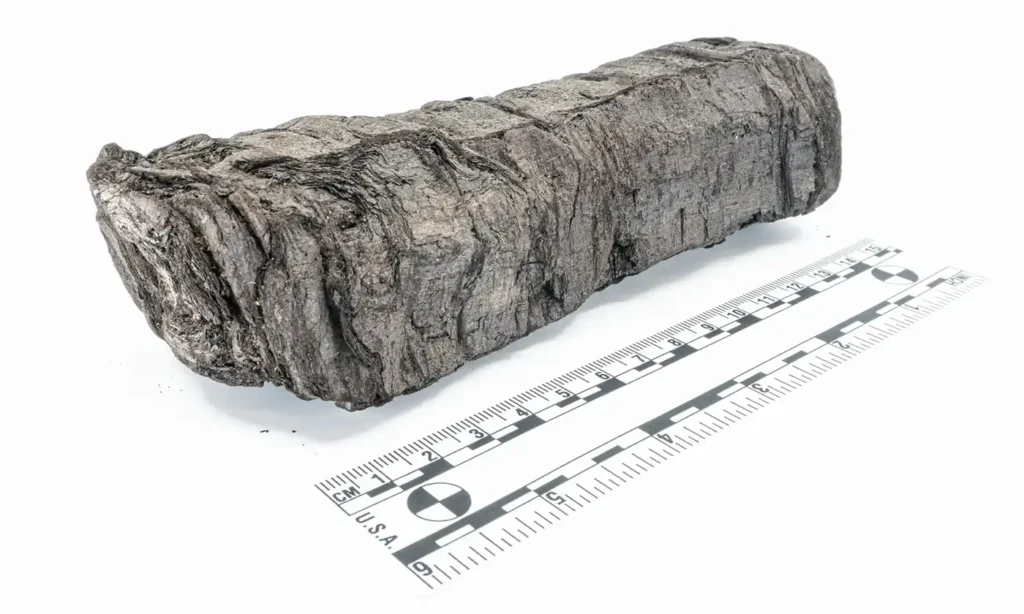Breakthrough artificial intelligence techniques have enabled scientists to decipher text from carbonized scrolls buried by Mount Vesuvius nearly 2,000 years ago.
Key Points at a Glance:
- AI-powered imaging techniques have successfully revealed text from scrolls damaged in the eruption of Mount Vesuvius.
- The ancient documents, preserved in the Villa of the Papyri, have remained unreadable for centuries due to their fragile, carbonized state.
- Machine learning algorithms were trained to detect faint ink patterns, allowing researchers to recover words from within the scrolls.
- This discovery provides unprecedented insight into the literary, philosophical, and scientific knowledge of the ancient Roman world.
For nearly two millennia, the eruption of Mount Vesuvius in 79 AD has kept a wealth of ancient knowledge locked away. The Villa of the Papyri, a library buried beneath volcanic ash, housed hundreds of scrolls that were reduced to fragile, carbonized remnants. Until now, any attempt to physically open or read these scrolls risked complete destruction. However, a revolutionary AI-powered imaging and machine learning approach is finally allowing researchers to unlock their secrets.
Using advanced X-ray tomography and deep learning algorithms, scientists have been able to detect and reconstruct text hidden within the delicate layers of the scrolls. AI models were trained to recognize the minute variations in surface texture, revealing the presence of ancient ink that had remained invisible to the naked eye. This technique, spearheaded by a team of international researchers, has successfully identified previously unknown passages from lost works of antiquity.

The significance of this breakthrough cannot be overstated. The scrolls, believed to contain writings from prominent philosophers of the Hellenistic and Roman eras, offer a rare glimpse into intellectual discourse from nearly 2,000 years ago. Scholars are optimistic that further scans will uncover new works of philosophy, science, and literature, filling in critical gaps in historical knowledge.
“This is an extraordinary step forward,” said a lead researcher involved in the project. “The ability to extract legible text from scrolls that were thought to be irreversibly damaged is a testament to how AI can transform archaeology and historical research.”
While the current technology is still in its early stages, researchers are hopeful that continued advancements in AI and imaging techniques will soon allow them to decipher entire scrolls. If successful, this innovation could lead to further discoveries in other ancient texts that have been similarly damaged or obscured over time.
With AI bridging the gap between the past and the present, the prospect of reading words written by Roman scholars nearly two millennia ago is closer than ever before. The findings not only offer a deeper understanding of ancient civilizations but also demonstrate how modern technology can resurrect lost history.